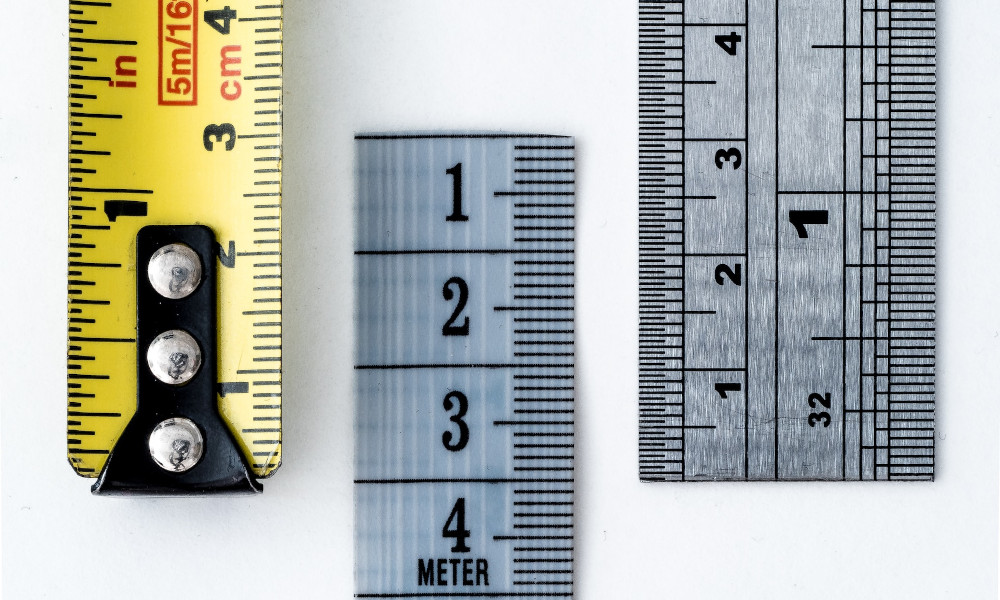5 steps for building a digital transformation-ready enterprise architecture

Photo by Markus Spiske on Unsplash
Even to its closest observers, the speed and intensity of the corporate digital revolution can be surprising. Against a backdrop of an infinitely expanding cloud and the rise of machine learning and the Internet of Things, businesses are increasingly bringing every element of their operations under the umbrella of IT. In a hyper-competitive and increasingly cloud-based business environment, it's clear that digital-first is the only way forward.
Of course, the transformation could have been smoother. For most businesses, it's happened in fits and starts—a program written here, a piece of software implemented there. The end result, in many cases, has been a patchwork: out-of-date applications, redundant or overly complicated programs, and generally clogged internal processes. Think of a big, tangled pile of extension cords—it's unclear what goes where, what can be safely removed, what needs replacing, and so forth.
[ Bring balance to your organization by understanding the 5 elements of digital transformation. ]
These clogged processes present a serious problem for businesses engaged in digital transformation. They can slow down a company's inner workings and, over time, lead to lost productivity and revenue. That's why it's imperative for companies to clear away the cobwebs and redesign their internal processes for maximal productivity—to, in other words, embark on an organization-wide program of enterprise architecture.
Enterprise architecture, done right, can completely transform a business, granting it the resilience, flexibility, and (above all) agility it needs to compete effectively and to capitalize on new market opportunities (not to mention threats). Below, you'll find a step-by-step primer on what a typical enterprise architecture program looks like.
1. Create
This is the planning stage. Here, you want to ask (and answer) some basic questions. Yes, enterprise architecture is a net positive, but you'll still want to probe all potential risks to your business before getting started. At this stage, strive to figure out exactly how much you're willing to spend and how many resources you're willing to delegate to the transformation process. Finally—before fully diving in—you should nail down some timelines for your project.
2. Assess
At this point, take an X-ray of your business and sort out precisely how its many component parts interact. Picture a vast machine stripped of its exterior with all its interlocking parts exposed for scrutiny. Here you'll get a consolidated view of your entire enterprise and figure out how all its different parts interact. You can map the relationships between your processes, apps, and infrastructure and ask: Is everything here contributing to your strategic goals? Which parts of your process aren't pulling their weight? What can be retooled, rebuilt, or rewired? What connects to what, and why? Once you have that diagnosis, you can progress to the next stage.
3. Design
Here's the fun part. This is when you start building toward a better future. What was once a tangled, unwieldy mass becomes a clean, intentional, ultra-optimized process. Opportunities are identified; more efficient paths are plotted; the business is decongested and vitalized, its various component parts brought into perfect harmony. Processes, applications, data, technology—new designs for all of these are drawn up. When properly implemented, these can dramatically transform your business.
[ Check out Red Hat Portfolio Architecture Center for a wide variety of reference architectures you can use. ]
4. Evaluate
"Implementation" might be the wrong word in this context, as it implies a one-time operation, whereas true enterprise architecture is a continuous process. Yes, your design is implemented at this stage, but that is really just the beginning. Now is the time to evaluate alignment, compliance, and what parts of the process deviate from recommended enterprise architecture policies, principles, and guidelines. Here you can start to determine the impact of the new designs on your current and future state organization by using impact analysis and scenario planning.
5. Decentralize and recycle
Rigid and unresponsive approval cycles are just as bad as tangled processes. If it's impossible to get anything done, and if the various components of your business are operating in relative isolation, your business processes will become tangled again before too long. Create agile approval cycles and workflows to accelerate decentralized, high-quality designs. Gather, store, maintain, and utilize reusable "building blocks" and seek AI-driven suggestions for intelligent and faster solution design.
[ Learn best practices for implementing automation across your organization. Download The automation architect's handbook. ]
Wrapping up
Enterprise architecture is not a one-time-only expenditure of time and resources. Consider it an ongoing project: a continual effort to keep your business processes optimized and agile. It's an iterative process that, when done correctly, can produce truly impressive results. It's difficult to overstate the benefits of shining a light on your business's internal operations—and plotting a viable path for change.



Wilko Visser
Wilko Visser is the CEO at ValueBlue, a company behind the SaaS platform BlueDolphin, an enterprise architecture tool for agile business transformation. More about me
Navigate the shifting technology landscape. Read An architect's guide to multicloud infrastructure.
OUR BEST CONTENT, DELIVERED TO YOUR INBOX


